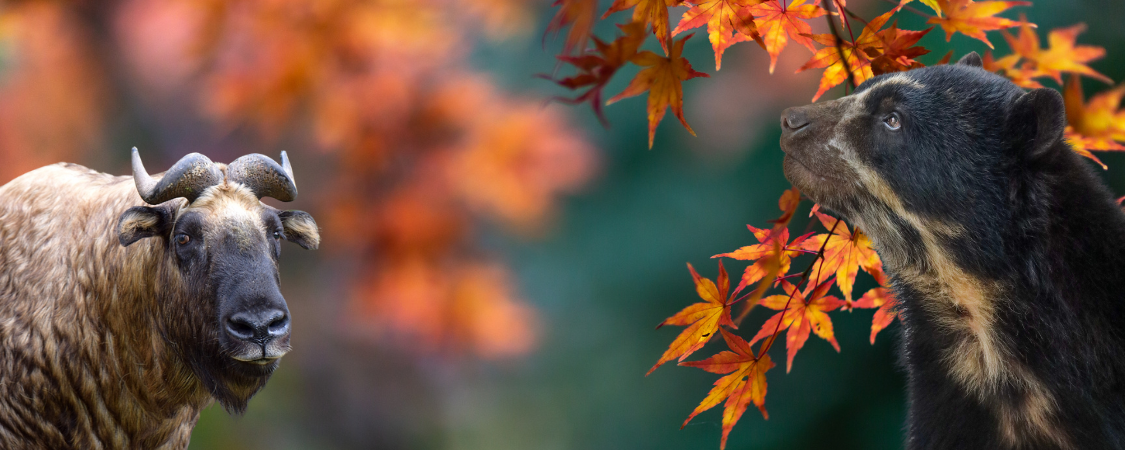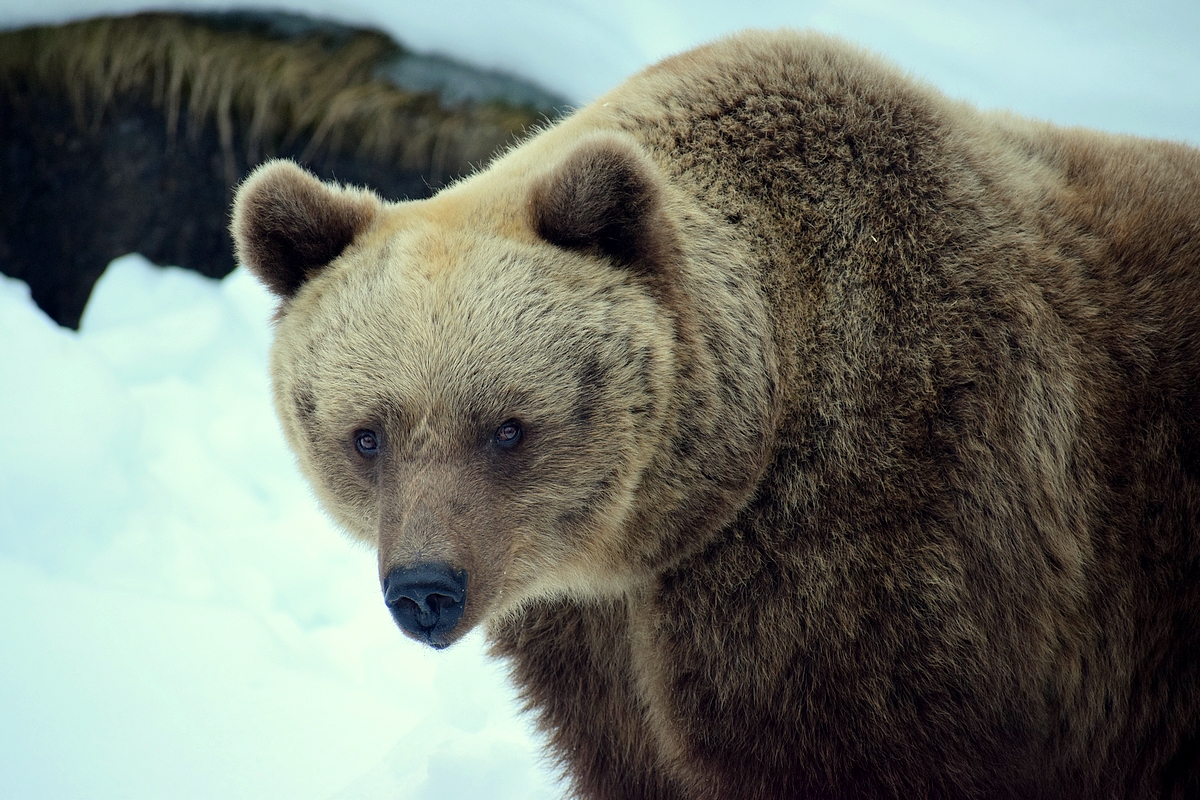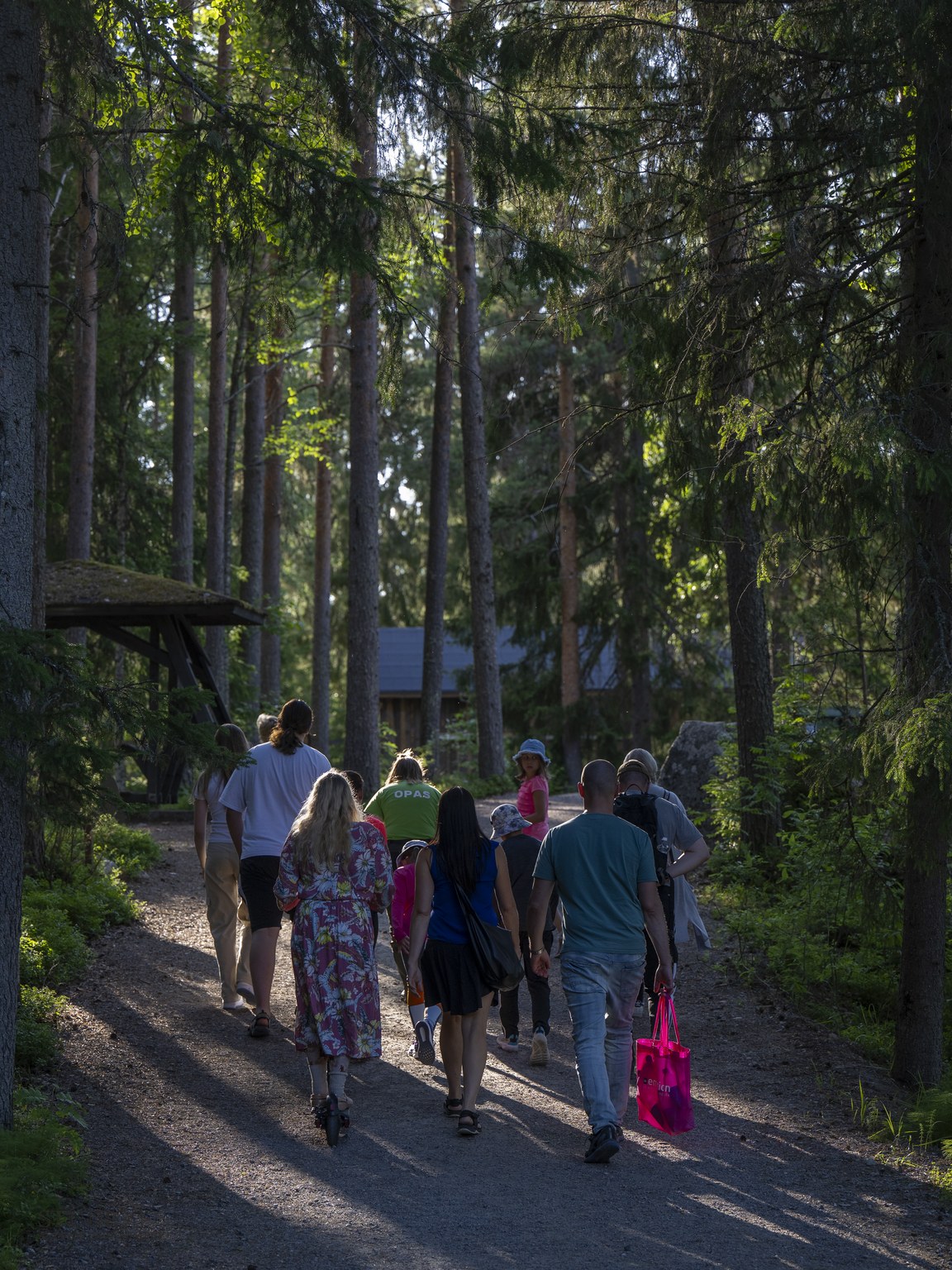Visitors to Ähtäri Zoo during fall break 2025 can expect to see a diverse range of animals, including both Finnish native wildlife and exotic species. The zoo’s 60-hectare forest setting creates a natural environment where animals like brown bears, wolves, lynx, snow leopards, and playful otters can be observed in spacious enclosures. Many animals remain active during autumn, with some species showing increased activity as they prepare for the approaching winter. Fall break offers a perfect opportunity to experience these magnificent creatures while enjoying the beautiful autumn colors of the Finnish forest.
What animals can you see at Ähtäri Zoo during fall break 2025?
During fall break 2025, visitors to Ähtäri Zoo can observe over 50 different animal species living in naturalistic habitats. The zoo houses an impressive collection of Nordic wildlife including majestic brown bears, wolves, wolverines, lynx, and various bird species native to Finland.
The zoo is also home to numerous exotic animals. Snow leopards, red pandas, and Amur tigers represent the endangered feline species that thrive in the zoo’s spacious enclosures. Visitors can also enjoy watching playful otters, graceful camels, and the amusing antics of various monkey species.
Farm animals also feature prominently, with Finnish horse breeds, sheep, and goats providing interactive experiences for younger visitors. Throughout autumn, many animals display fascinating seasonal behaviors as they prepare for the colder months ahead. Explore the various activities available during your visit to make the most of your wildlife experience.
Which Finnish native wildlife is most active during fall season?
Fall is a particularly dynamic time to observe Finnish native wildlife at Ähtäri Zoo as many species exhibit heightened activity. Brown bears become notably more active during autumn as they enter hyperphagia – an intense feeding period to build fat reserves before winter hibernation. Visitors often witness bears foraging, climbing, and exploring their enclosures with greater energy.
Finnish forest reindeer show increased movement during fall, and the males (bulls) display impressive antlers during rutting season. Wolverines and lynx also demonstrate more visible behaviors in autumn’s cooler temperatures, making them easier to spot compared to summer months.
Birds of prey like owls and eagles tend to be more active in fall’s crisp air, while small mammals such as otters continue their playful antics regardless of season. The autumn lighting conditions create perfect opportunities for wildlife photography enthusiasts. Before planning your visit, check the opening hours and ticket prices to ensure you arrive at optimal viewing times.
How do the exotic animals adapt to Finnish fall weather?
Exotic animals at Ähtäri Zoo have impressive adaptations to handle Finnish autumn conditions. The zoo’s cold-climate specialists like snow leopards and Amur tigers naturally thrive as temperatures drop, often becoming more energetic and displaying more active behaviors that delight visitors.
Many species grow thicker winter coats during fall, with visible changes in fur density and coloration. The zoo staff also implement seasonal habitat modifications, providing additional enrichment activities and adjusting feeding schedules to accommodate the animals’ changing metabolic needs.
Indoor viewing areas are available for species requiring warmer environments, ensuring comfortable observation regardless of weather conditions. The zoo’s naturalistic enclosure design includes sheltered areas where animals can retreat during inclement weather while remaining visible to visitors.
Autumn’s changing daylight hours trigger natural behavioral shifts in many exotic species, with some becoming more active during daytime hours – providing excellent viewing opportunities for fall break visitors interested in “syysloma tekemistä” (fall break activities).
What special animal experiences are available during fall break?
During fall break 2025, Ähtäri Zoo offers several special animal experiences that enhance visitor engagement. Guided tours with expert zoologists provide deeper insights into animal behaviors and how different species prepare for winter. These educational walks are particularly popular for families seeking syysloma tekemistä (fall break activities).
Scheduled feeding demonstrations allow visitors to observe animals at their most active, with knowledgeable keepers explaining dietary requirements and natural feeding behaviors. These sessions typically include brown bears, wolverines, and various bird species.
Interactive animal encounters offer close-up experiences with select domestic species under staff supervision. Children particularly enjoy these hands-on learning opportunities with farm animals.
For those wanting an extended wildlife experience, consider booking the Zoo accommodation package, which combines comfortable lodging with early morning and evening animal viewing when many species are most active. Evening walks through the forested paths during autumn provide unique opportunities to observe crepuscular species like lynx and wolves.
What are the best times of day to visit animals during fall?
The optimal viewing times at Ähtäri Zoo during fall break are typically early morning and late afternoon. Many animals display peak activity during these crepuscular hours, especially as daylight hours shorten in autumn. Arriving when the zoo opens at 10:00 allows visitors to observe animals at their most energetic before midday rest periods.
Finnish predators like wolves, lynx, and wolverines become particularly active during late afternoon hours between 15:00-18:00, making this an excellent time for wildlife enthusiasts. Bears often show increased feeding behaviors in early afternoon, especially on cooler fall days.
The changing autumn light creates dramatic photographic opportunities, with the golden hour before sunset enhancing wildlife photography. Midweek visits typically offer quieter viewing experiences with fewer crowds compared to weekends.
Weather conditions also influence animal activity – crisp, cool days often lead to more visible behaviors than rainy periods. Planning your visit around scheduled feeding times, which are posted daily at the entrance, ensures you’ll witness heightened activity among many species.
Key takeaways for planning your fall break visit to Ähtäri Zoo
When planning your fall 2025 visit to Ähtäri Zoo, timing is crucial for the best wildlife experiences. Aim to arrive early in the morning or plan for late afternoon visits to witness peak animal activity, especially for native Finnish species preparing for winter.
Dress appropriately for Finland’s autumn weather with layers that can be adjusted as temperatures fluctuate throughout the day. Comfortable walking shoes are essential for navigating the 60-hectare forest setting, and binoculars enhance wildlife viewing opportunities.
Check the zoo’s daily schedule upon arrival for feeding demonstrations and guided tours that significantly enrich the visitor experience. The zoo’s website provides updated information on special fall break programming and educational activities.
Allow at least 3-4 hours for a complete zoo experience, longer if participating in special programs or guided tours. The forest paths between enclosures offer beautiful autumn scenery with vibrant fall foliage, making the walking experience between animal viewings equally enjoyable.
For families seeking comprehensive syysloma tekemistä (fall break activities), consider extending your visit with on-site accommodation to experience both morning and evening animal activities, creating a memorable wildlife immersion during your autumn holiday.




